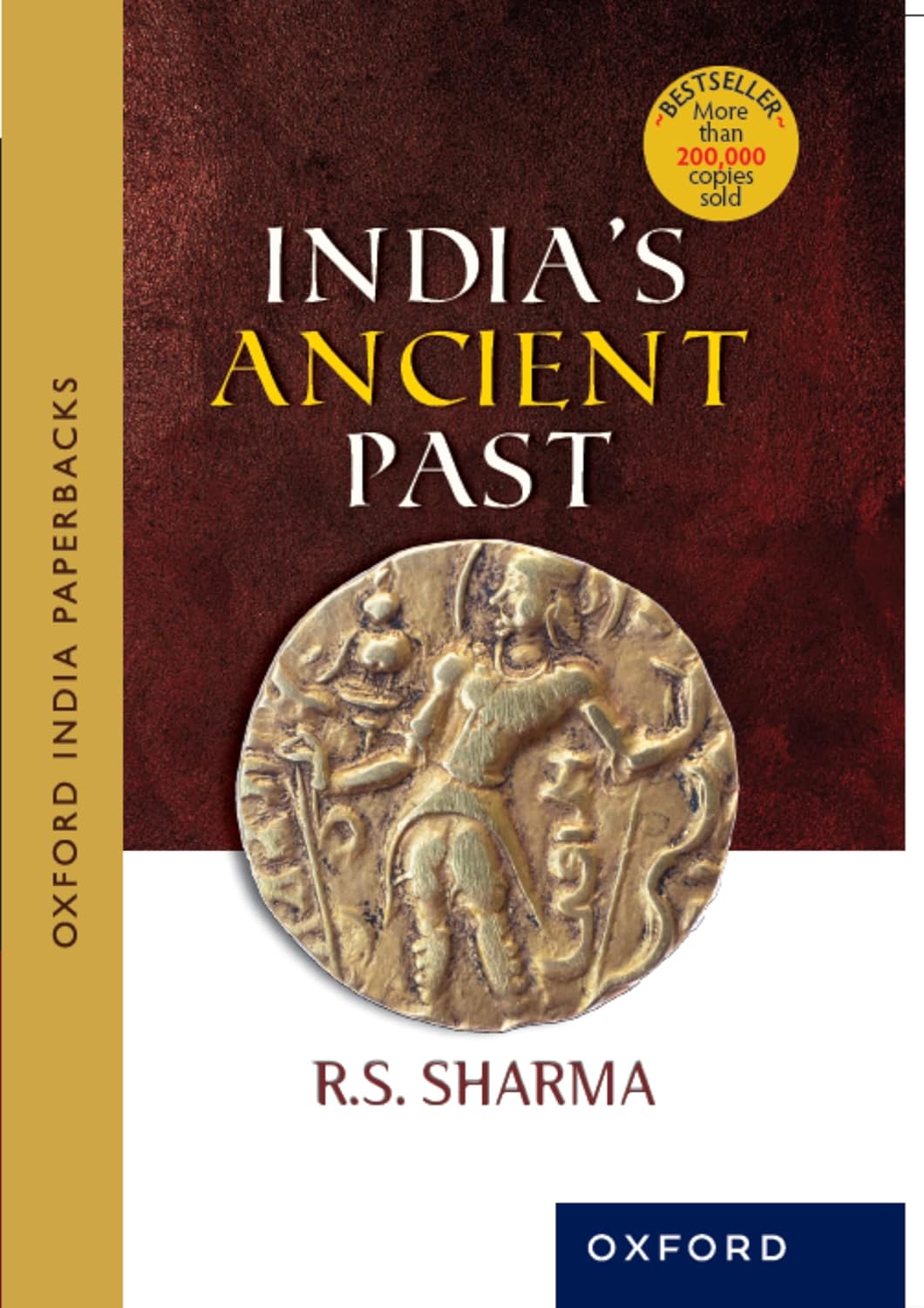Iron Age in South India
Contents
Iron Age in South India:
Key Takeaway
The Iron Age in South India (c. 1200 BCE–300 BCE) marks a transformative era characterized by technological advancements, complex social practices, distinct megalithic architecture, unique pottery traditions, and a flourishing network of settlements. Recent excavations continue to unveil new insights, enriching our understanding of this formative period in peninsular India’s history.
Introduction
The Iron Age in South India represents the period when communities transitioned from the use of stone and copper-chalcolithic tools to widespread iron usage. This epoch is marked by the proliferation of megalithic monuments, sophisticated burial practices, and enhanced agricultural and craft production. It laid the foundation for later historical developments and early state formations in peninsular India.
Defining Features of the Iron Age in South India
Chronology: Roughly dated between 1200 BCE and 300 BCE, though local variations exist depending on the site.
Technological Innovations: Introduction and extensive use of iron technology, significantly improving agricultural productivity, hunting, and warfare tools.
Settlement Patterns: Emergence of both village settlements and larger, more complex habitations, often associated with megalithic burial sites.
Architecture: The Megalithic Monuments
Types of Megalithic Monuments
South India is famed for its megalithic architecture, which primarily served as mortuary structures. The principal types include:
| Monument Type | Description | Example Sites |
|---|---|---|
| Dolmens | Stone chambers with large capstones placed on upright slabs; often used for secondary burials. | Hire Benakal, Maski |
| Cairn Circles | Circular heaps of stones marking the burial spot; sometimes encircling burial pits or urns. | Brahmagiri, Hallur |
| Menhirs | Large upright standing stones, often commemorative or marking gravesites. | Gooty, Kunnur |
| Cists and Pit Burials | Rectangular stone-lined burial chambers placed below the ground surface. | Adichanallur, Kumharbhandari |
| Urn Burials | Large burial urns placed underground to contain skeletal remains, commonly found with grave goods. | Adichanallur, Sanur |
Key Features
Use of locally available granite or laterite stones.
Megalithic burials often accompanied by pottery, iron implements, beads, and occasionally gold or copper ornaments.
Monumental scale indicates social stratification and communal effort.
Pottery Traditions
Iron Age pottery in South India is distinctive and reflects technological as well as cultural complexity:
Black and Red Ware (BRW): Most significant pottery type; features a black interior and red exterior, achieved by specific firing techniques. Used for both utilitarian and ritual purposes.
Red Ware and Black Ware: Other significant pottery traditions. Shapes include bowls, dishes, and jars.
Decorated Pottery: Incised, stamped, or painted motifs, sometimes with anthropomorphic or geometric designs.
Sometimes, graffiti marks (symbols and motifs) are observed, possibly representing ownership, clan, or ritual meanings.
Major Iron Age and Megalithic Sites in South India
| Site | State | Highlights |
|---|---|---|
| Brahmagiri | Karnataka | Cairn circles, cist burials, pottery, iron tools |
| Maski | Karnataka | Dolmens, urn burials, settlements |
| Hire Benakal | Karnataka | Extensive dolmen fields |
| Hallur | Karnataka | Early iron use, habitational evidence, cairn circles |
| Adichanallur | Tamil Nadu | Urn burials with rich grave goods, DNA evidence of diverse population |
| Sanur | Tamil Nadu | Urn burials, black-and-red ware pottery |
| Korkai and Porunthal | Tamil Nadu | Early iron artifacts, currency, beads |
| Naikund, Mahurjhari, Junapani | Maharashtra | Stone circles, graffiti pottery, iron weaponry |
| Kunnur, Gooty | Andhra Pradesh | Menhirs, urn burials, cist burials |
| Nagarjunakonda | Andhra Pradesh | Megalithic evidence beneath historic Buddhist layers |
| Pandu Rajar Dhibi | West Bengal | Easternmost Megalithic burial; shows the spread of the tradition |
Cultural and Societal Aspects
Burial assemblages often included iron objects like swords, sickles, axes, arrowheads, and horse equipment, reflecting status and occupation.
Beads of semi-precious stones, gold, faience, and even glass indicate long-distance trade and craft specialization.
Social Organization: The variation in size and wealth of burials points to the presence of social stratification, chiefs or elites.
Recent Excavations and Discoveries (2020s–2025)
Modern archaeological research and collaborations have led to path-breaking new discoveries, particularly in Tamil Nadu, Karnataka, and Telangana:
Adichanallur (Tamil Nadu): Renewed excavations have confirmed the antiquity of urn burials (as early as 1000 BCE), DNA studies indicate heterogeneous populations, and unique bronze objects have been unearthed, including anthropomorphic figurines and detailed ornaments. Findings highlight links with Southeast Asia and even the Mediterranean.
Sivakalai, Tamil Nadu: Recent excavations have brought to light monuments, iron implements, and evidence of rice cultivation, pushing back the date of organized agriculture.
Mayiladumparai (Tamil Nadu): Archaeological finds including iron slag, tools, and pottery suggest the earliest iron usage in Tamil Nadu to around 1500 BCE, one of the oldest in India.
Sangankallu and Hire Benakal (Karnataka): Detailed habitation and cemetery mapping, geochemical studies on iron artifacts, and landscape surveys.
Nagulur, Telangana: Recently discovered megalithic site with stone alignments, pit burials, and habitation evidence.
Keeladi (Tamil Nadu): While best known for Sangam-era urban layers, lower/earlier strata have provided megalithic artifacts (pottery, iron implements), suggesting cultural continuity.
Ongoing rescue excavations in parts of Kerala, Andhra Pradesh, and Dry Zone Karnataka have revealed many undocumented megalithic burial clusters under threat from development.
Conclusion
The Iron Age in South India stands out for its megalithic burial monuments, technological advancements in iron usage, distinctive pottery styles, and the emergence of complex societies. Continued excavations yield new data, improving our understanding of ancient lifeways, technological progress, and South India’s early global connections. This era forms a crucial prelude to the emerging historic polities of the early South Indian kingdoms.
Discover more from Simplified UPSC
Subscribe to get the latest posts sent to your email.



